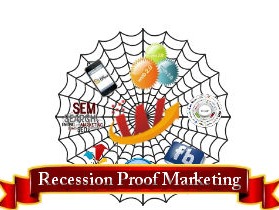
Unlocking the Key to Trust: Why It Matters for Teams
Trust is foundational to a thriving workplace, impacting everything from morale to productivity. When employees believe in their leaders, they engage wholeheartedly, leading to stronger collaboration and commitment. On the other hand, a lack of trust can lead to various challenges like low morale and high turnover rates. A 2025 study highlighted that organizations with high levels of trust observed improved engagement metrics and reduced absenteeism. For leaders, understanding how to cultivate trust within their teams is not just essential—it's a challenge that must be mastered over time.
Strategies for Building Trust in Leadership
So how can leaders foster a culture of trust? Here are actionable strategies that can be woven into everyday leadership practices:
Communicate Openly and Honestly
Transparency is one of the core tenets of trust. Leaders should strive to communicate not just the big picture but also the reasoning behind decisions. This means sharing challenges openly and providing clarity on processes. If a project’s direction shifts, explaining the 'why' behind the change can help maintain team alignment and trust.
Encourage Autonomy and Empower Employees
When leaders trust their team members to make decisions, it builds a reciprocal relationship. Empowering employees fosters a sense of ownership over their work, which not only boosts morale but also encourages innovation. Leaders should model this by allowing team members to take the lead on projects, showing faith in their abilities.
Practice Consistency
Trust is built over time through consistent actions. Leaders must stay true to their values and promises. Whether it's meeting deadlines or owning up to mistakes, being consistent reinforces credibility. The more reliable a leader appears, the more trust will flourish in the workplace.
Value Feedback and Act on It
Leadership should be a two-way street. Actively seeking feedback demonstrates that leaders are listening and willing to adapt. Implementing suggested changes not only shows respect for employee input but also further builds trust. It’s crucial for leaders to create a feedback loop that makes employees feel validated.
Repairing Broken Trust
No leader is perfect, and issues may arise that jeopardize trust. Recognizing mistakes and taking accountability is vital. Leaders can restore trust by being transparent about what went wrong, sharing lessons learned, and detailing steps to prevent future issues. This willingness to address challenges fortifies the trust between leaders and team members.
Maintaining Trust Over Time
Building trust is just the beginning; maintaining it requires ongoing effort. Regular check-ins, acknowledgment of team successes, and continued openness bolster an already established trust. Leaders must commit to nurturing these practices as their team grows and evolves.
Conclusion: Trust as a Leadership Cornerstone
In today’s dynamic work environment, building trust is imperative for effective leadership. By openly communicating, empowering employees, behaving consistently, valuing feedback, and repairing trust when necessary, leaders can cultivate a strong, trust-filled workplace. As organizations strive for excellence, trust will remain the cornerstone of productive and engaged teams.
 Add Row
Add Row  Add
Add 




Write A Comment